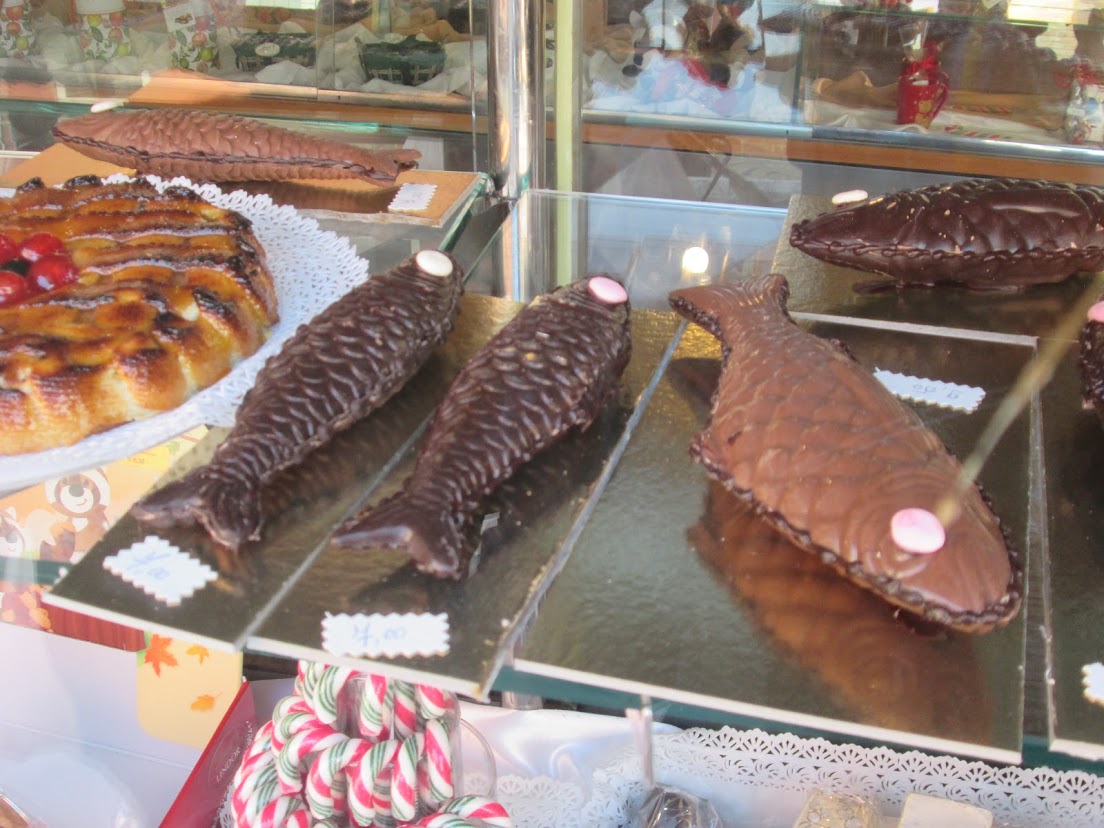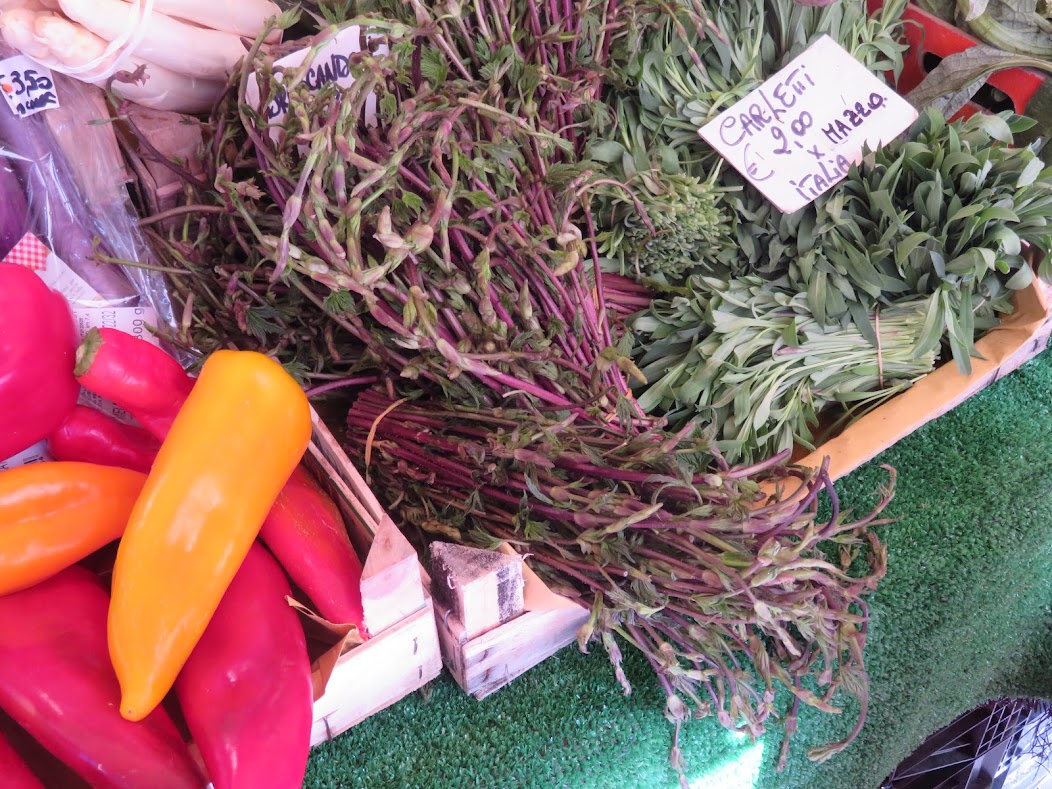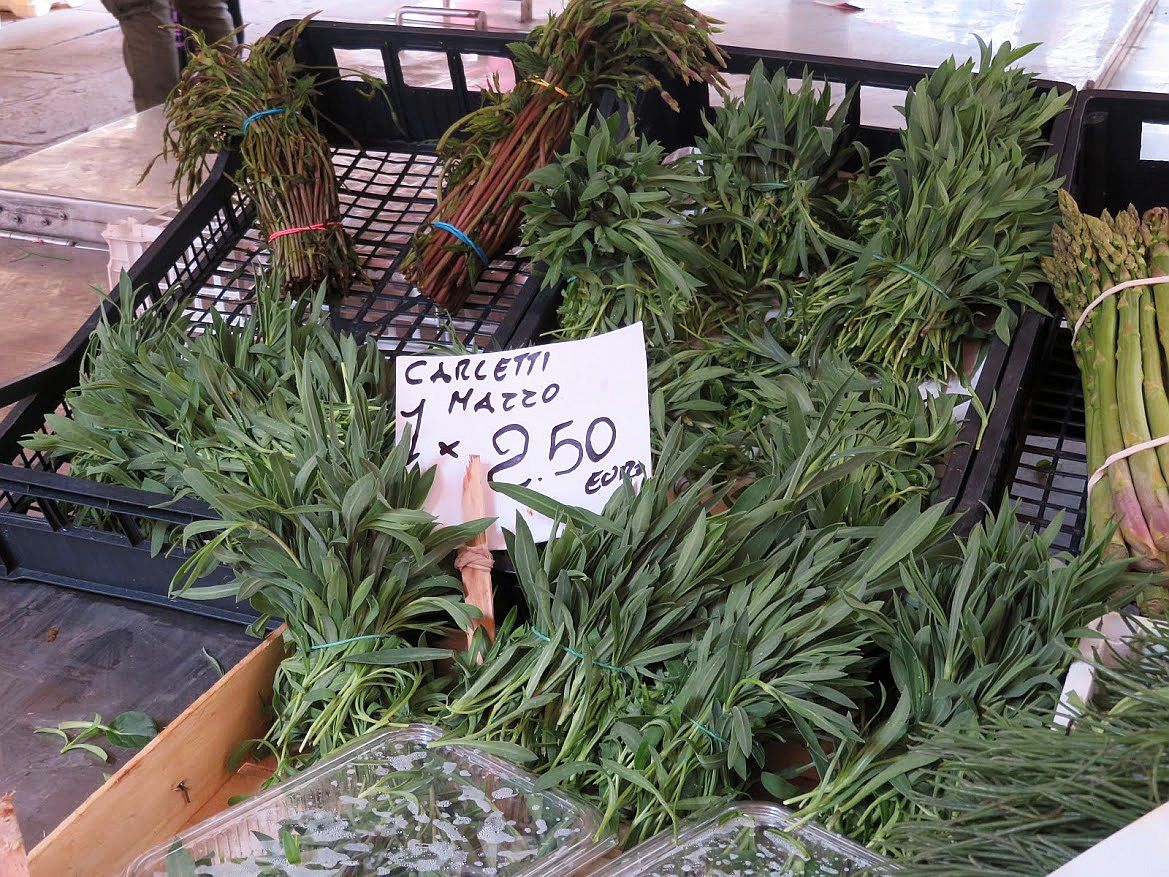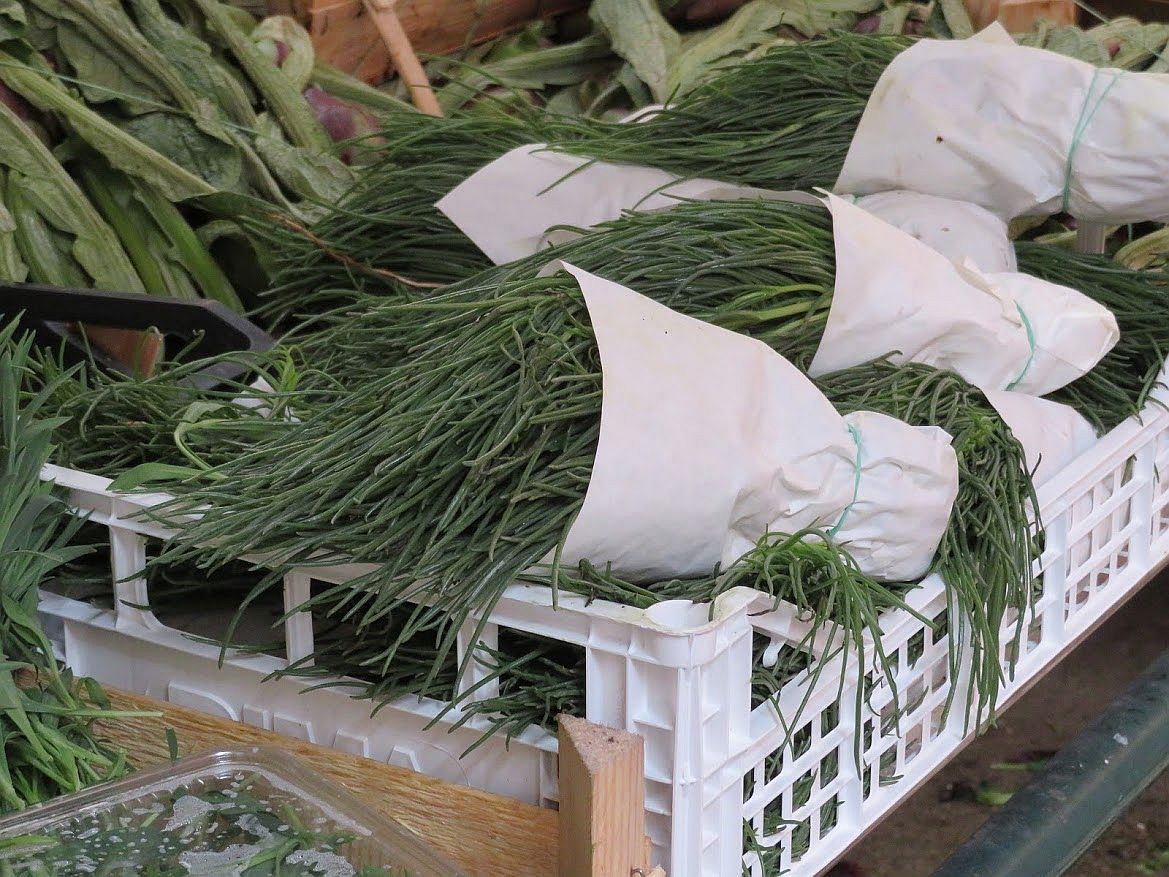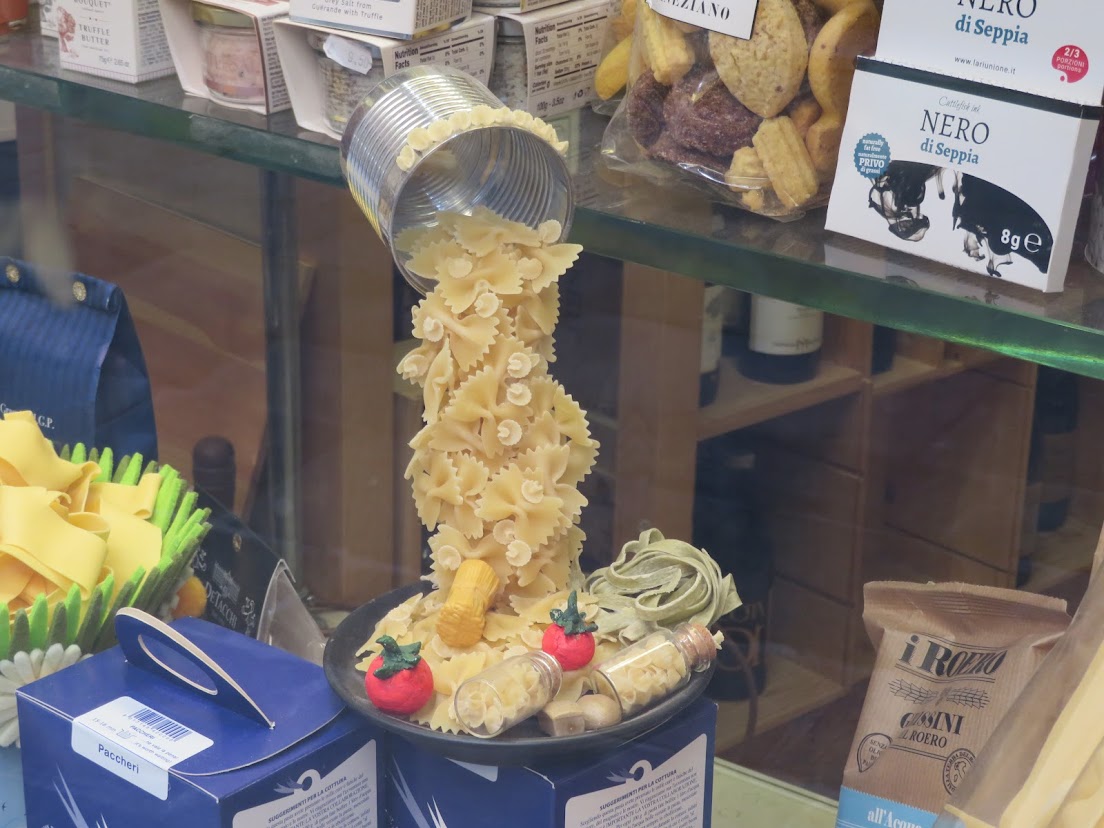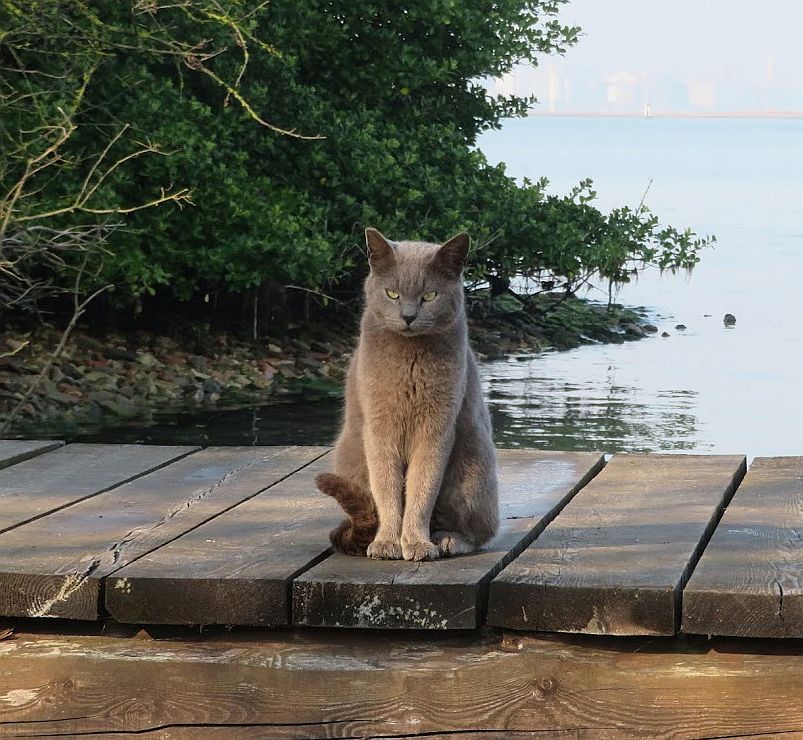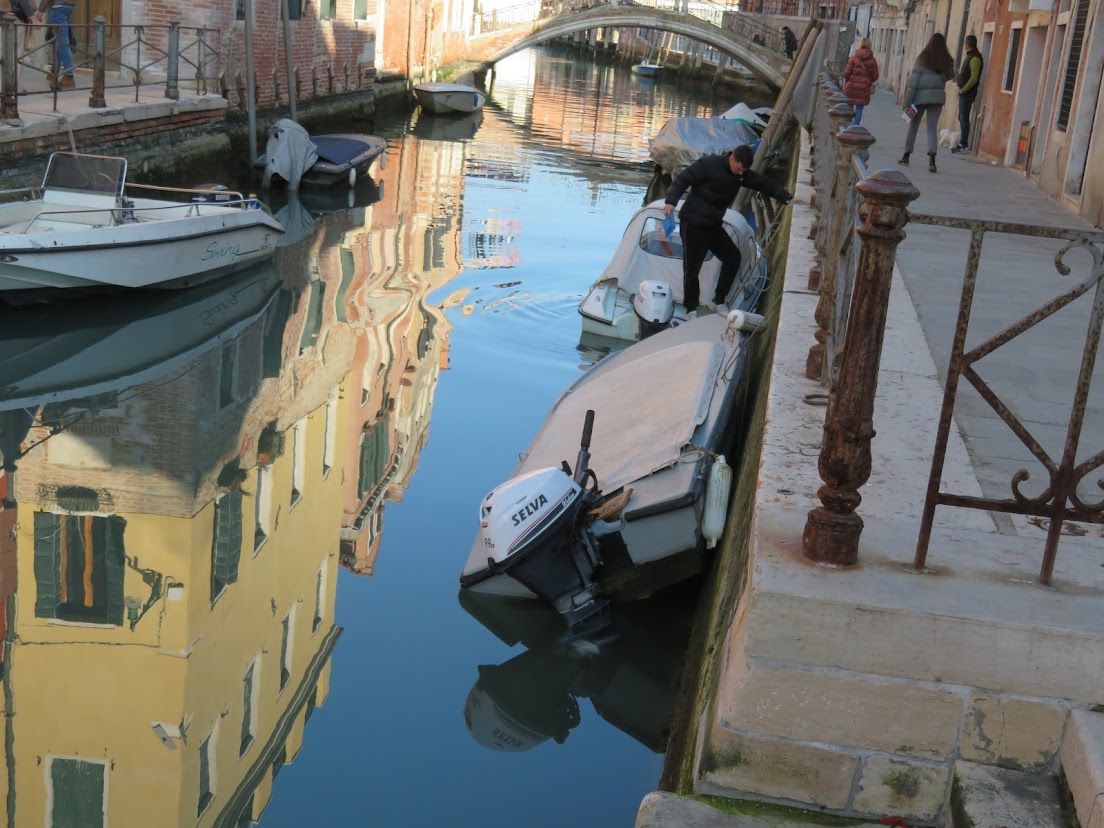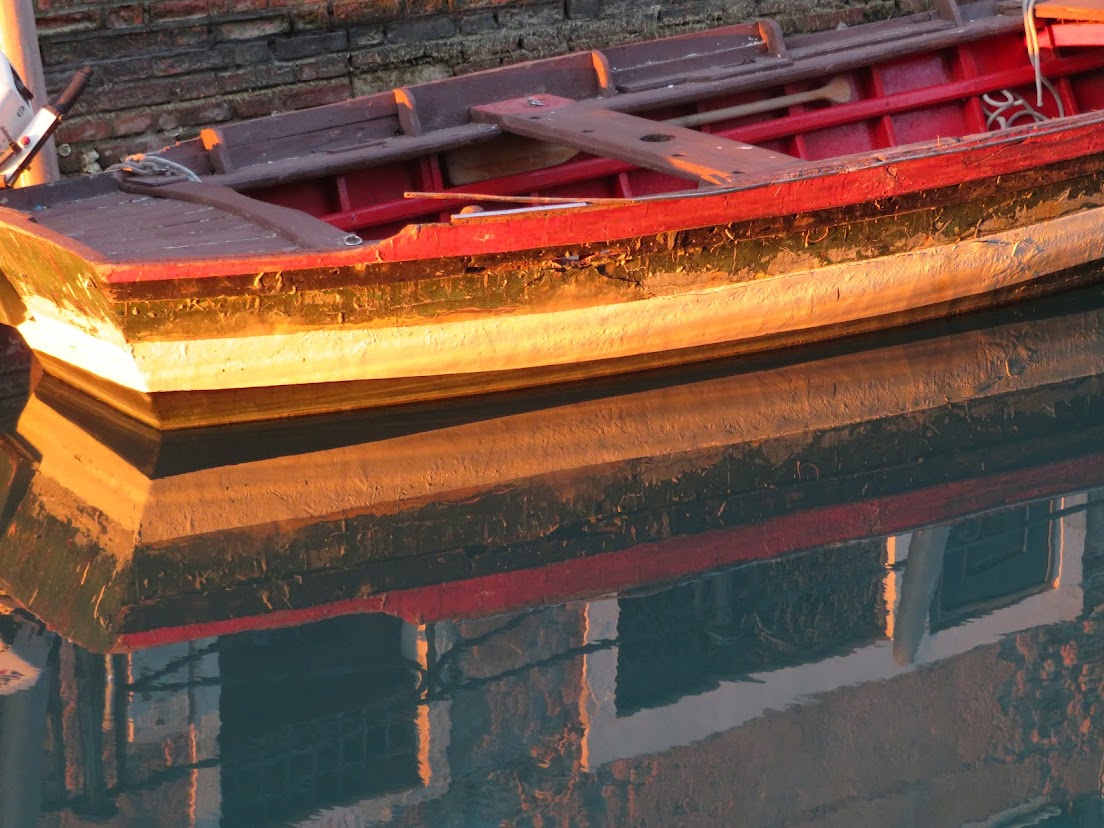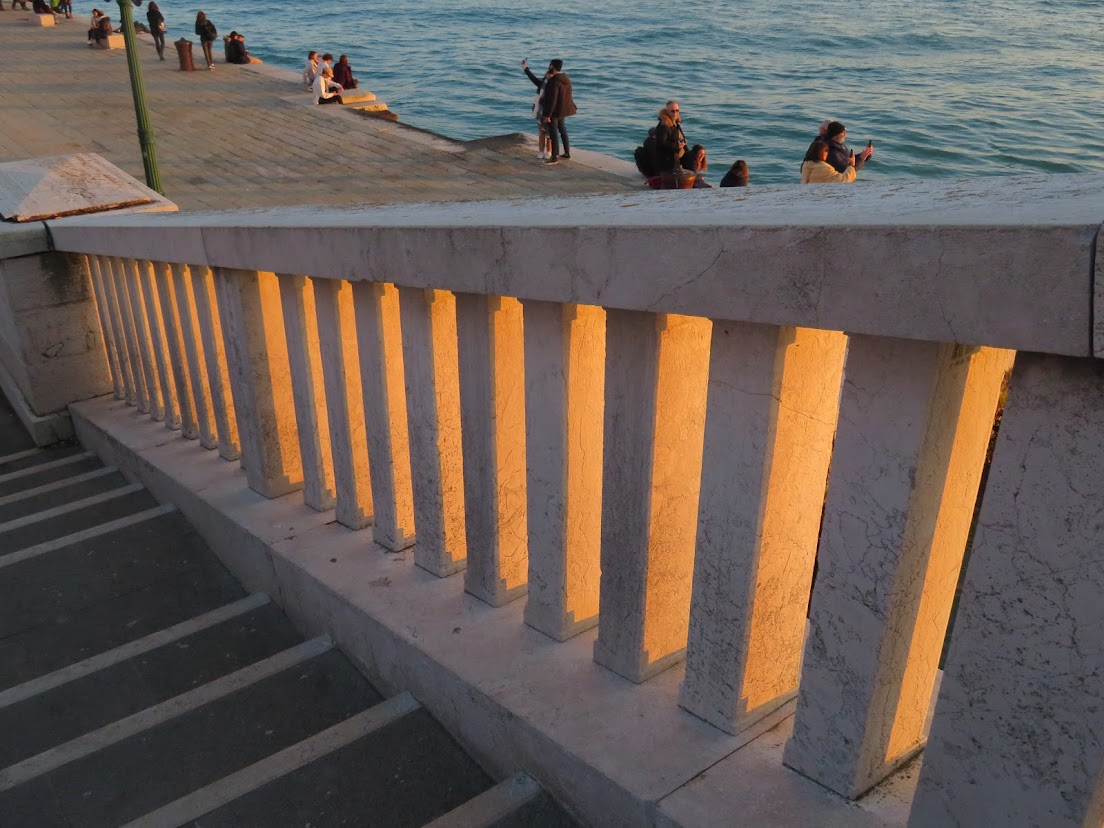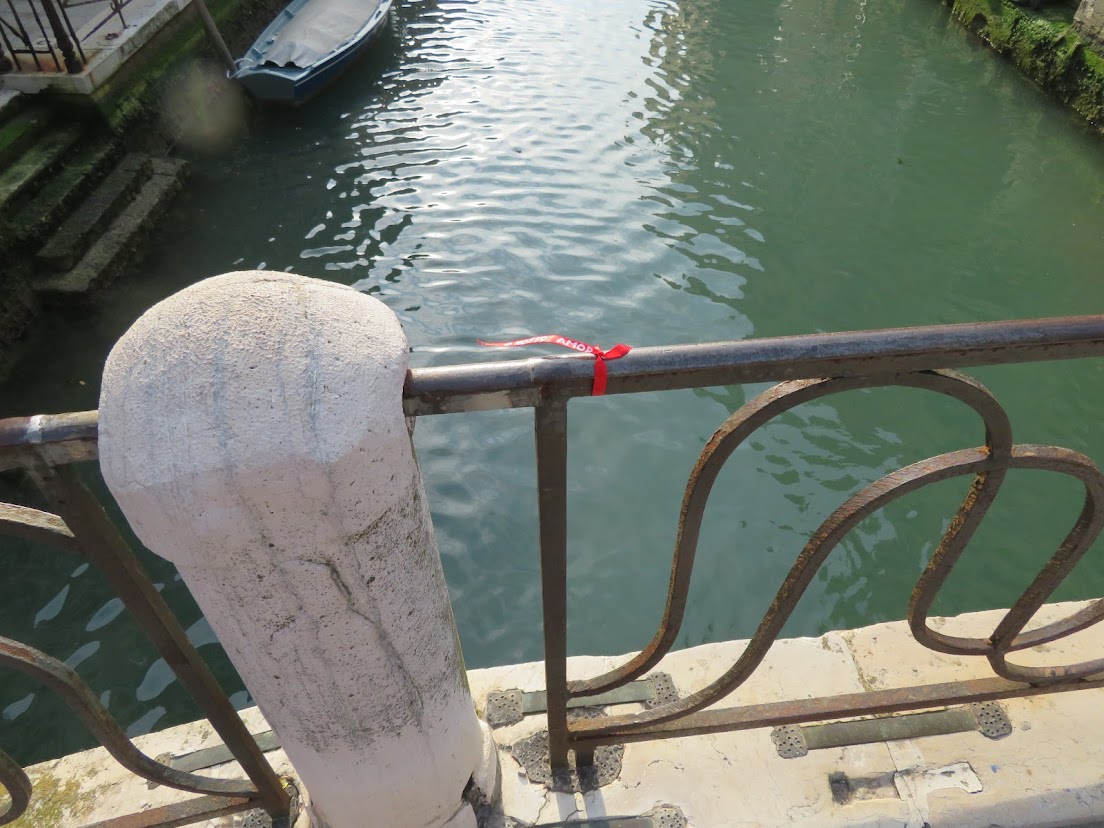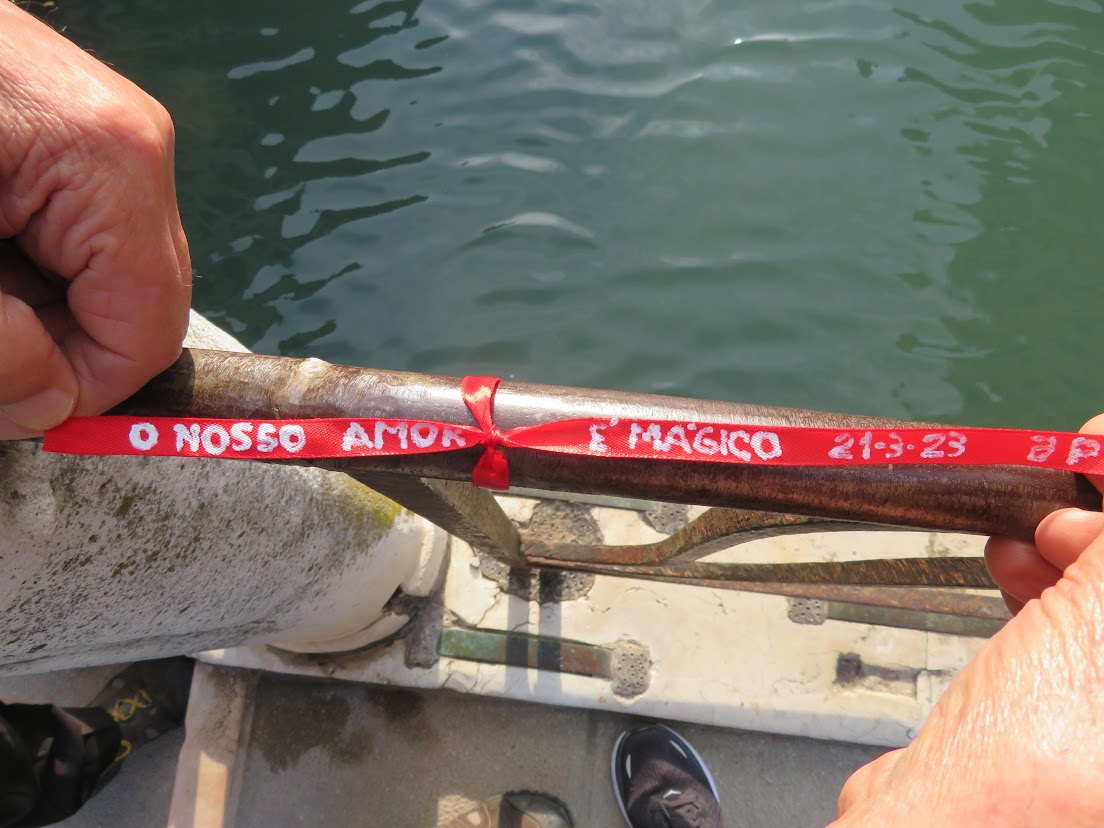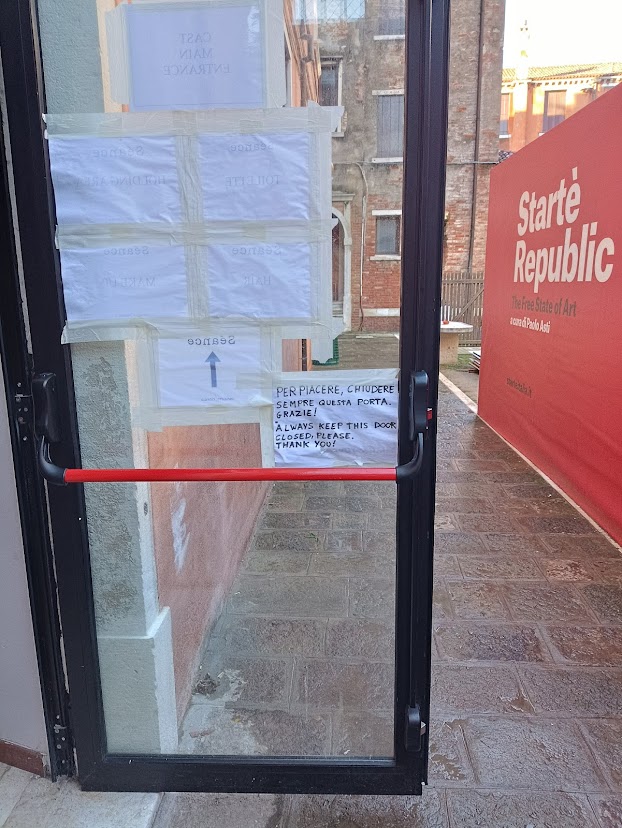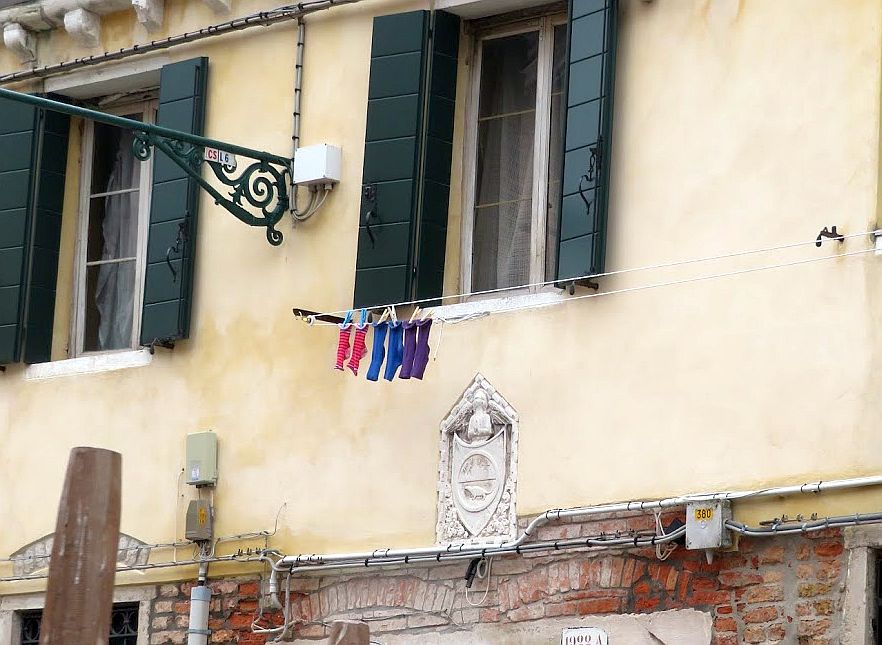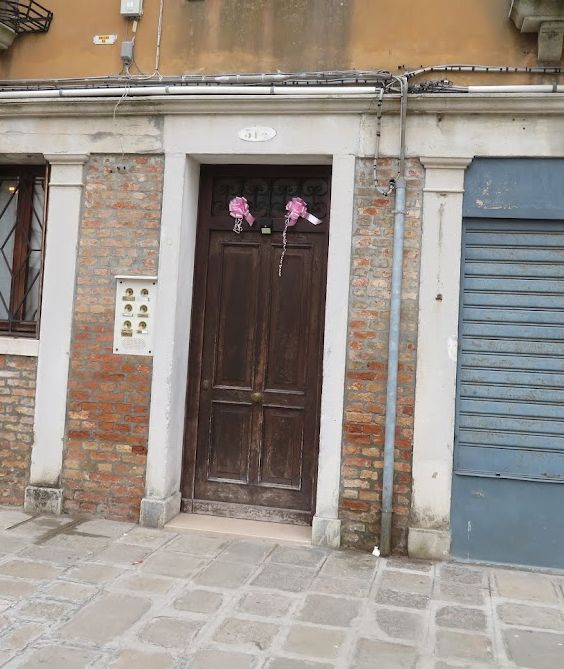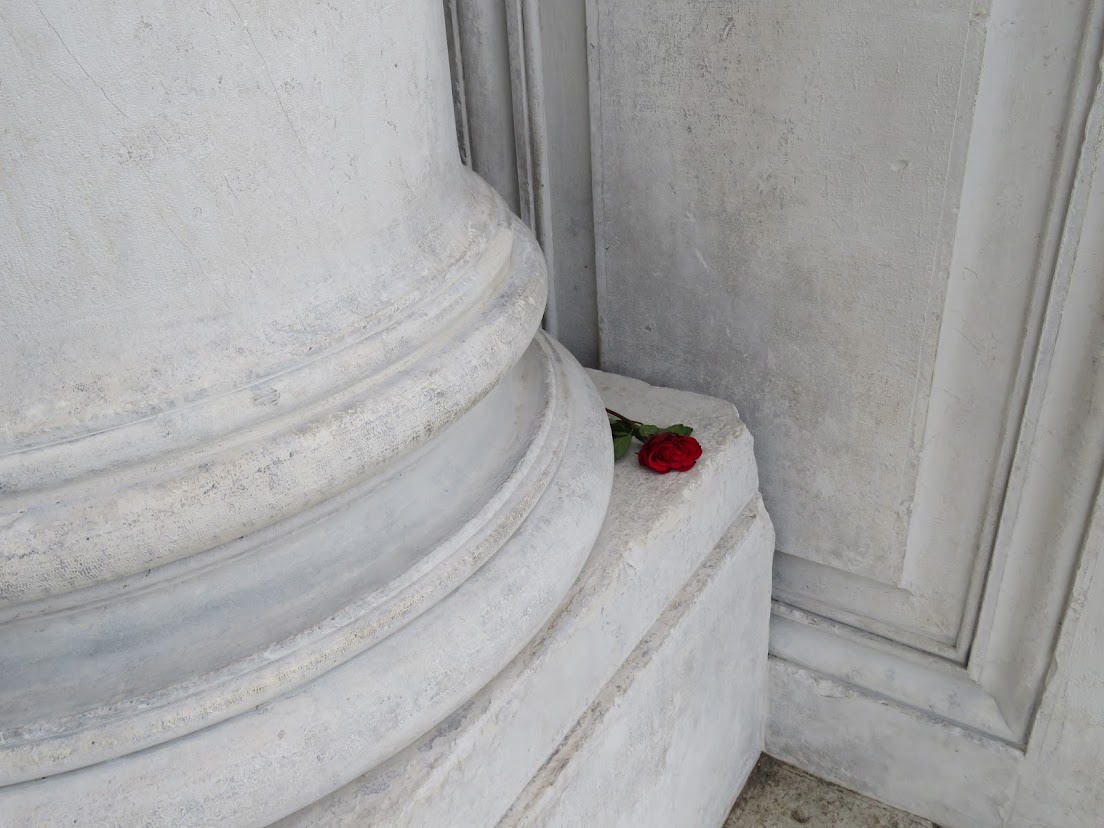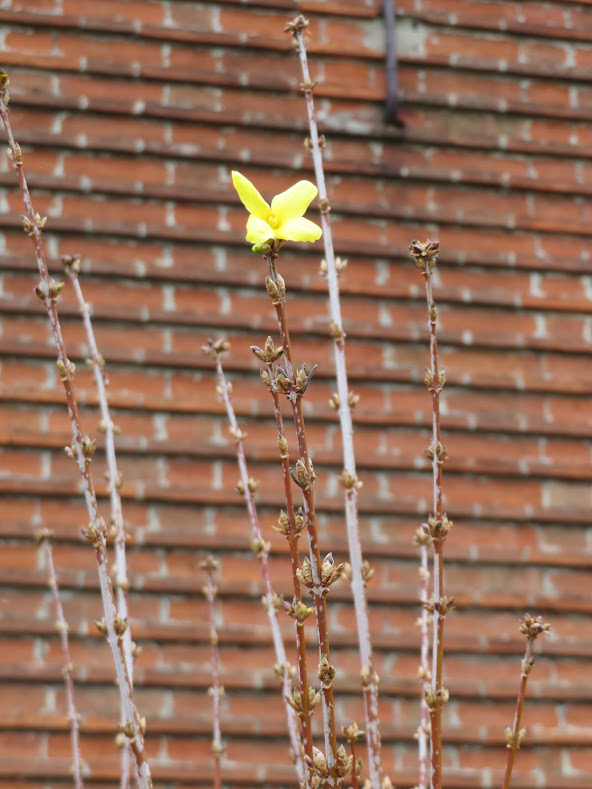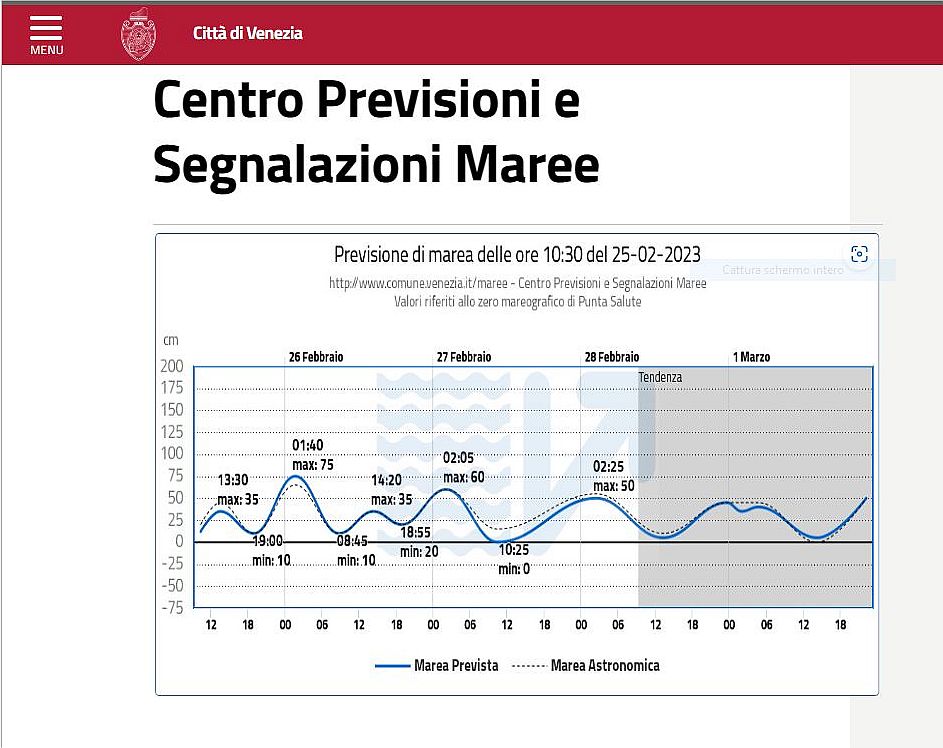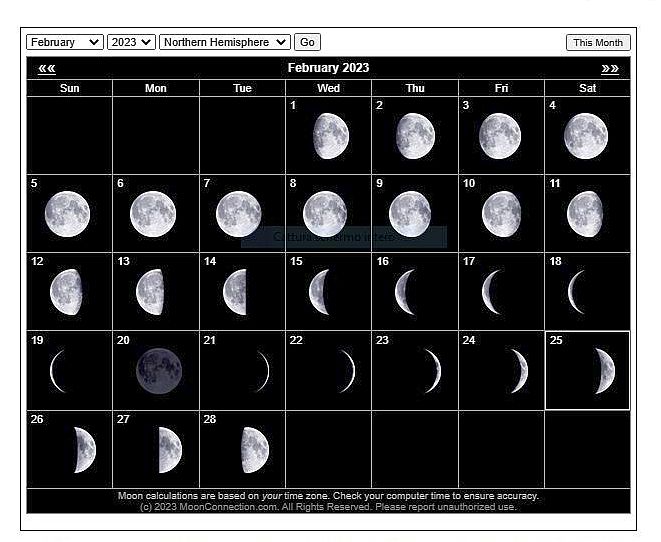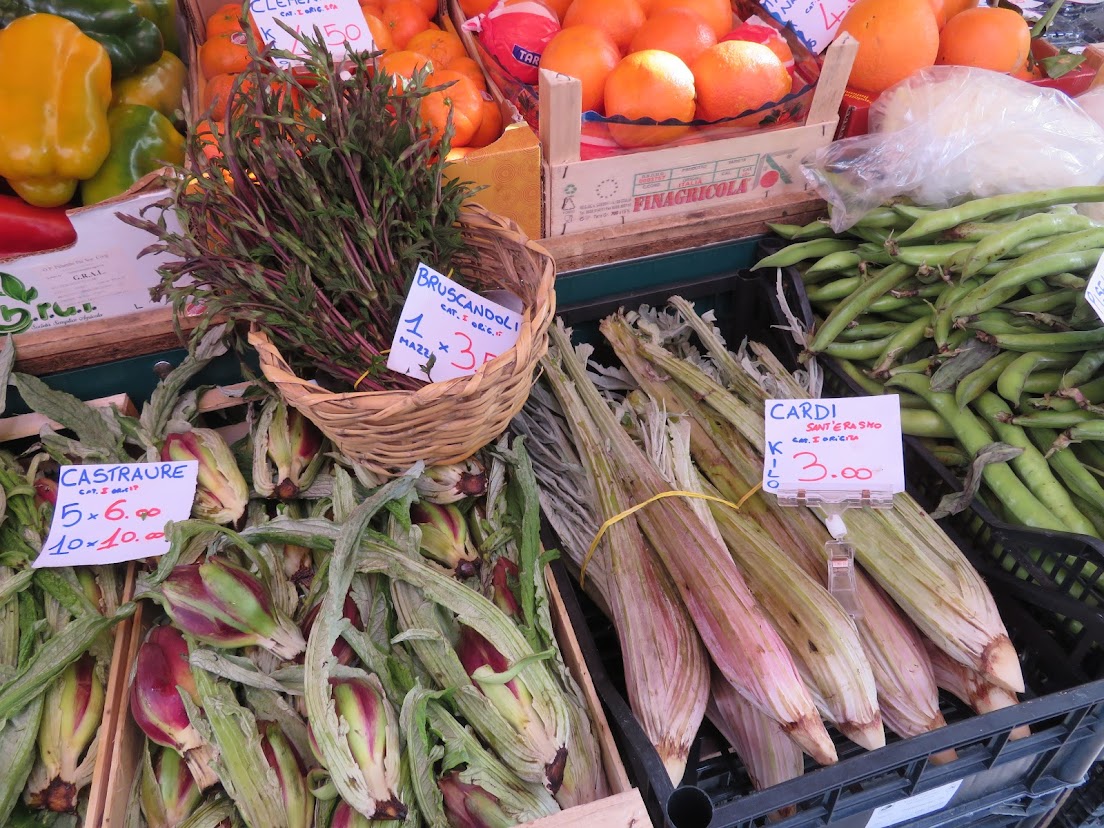
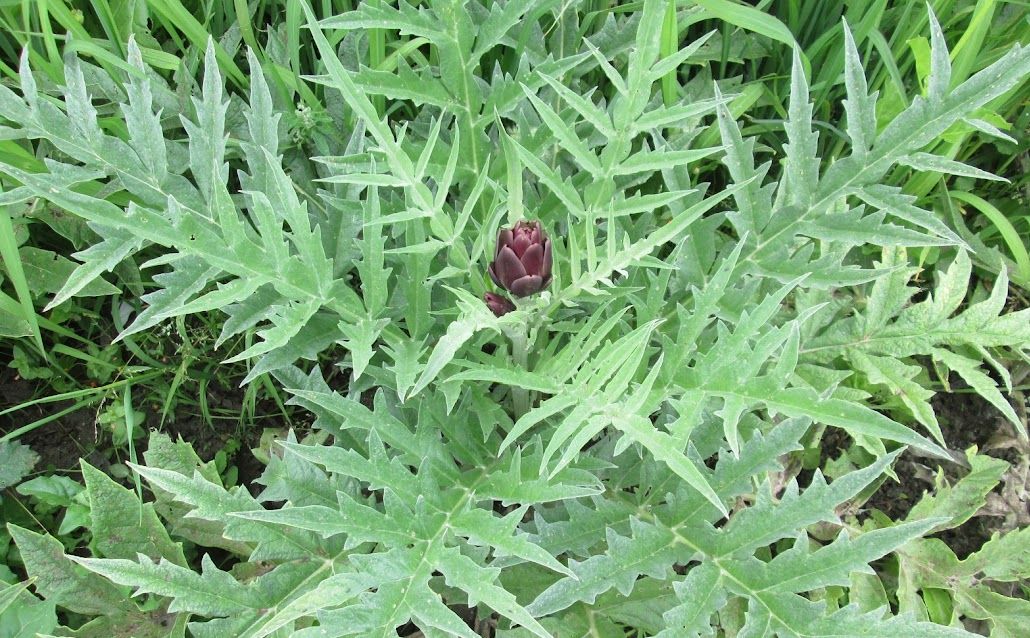
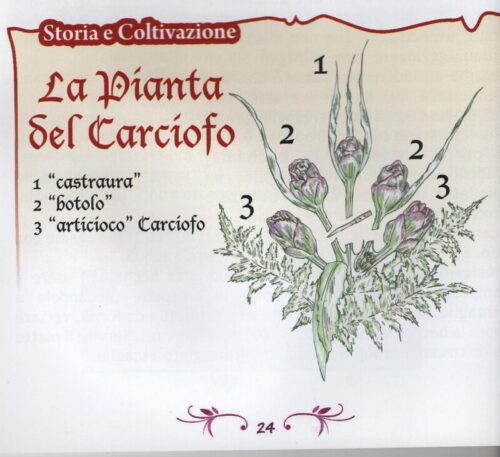
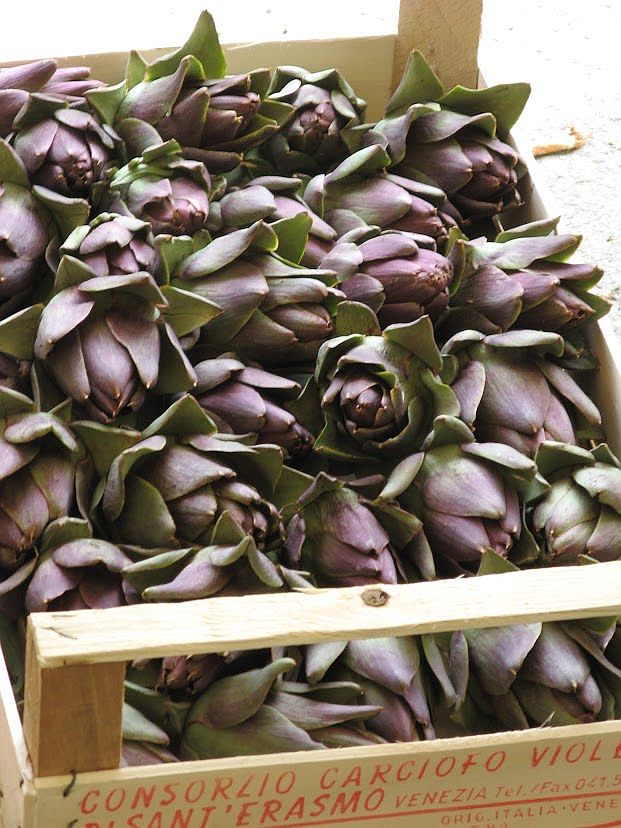
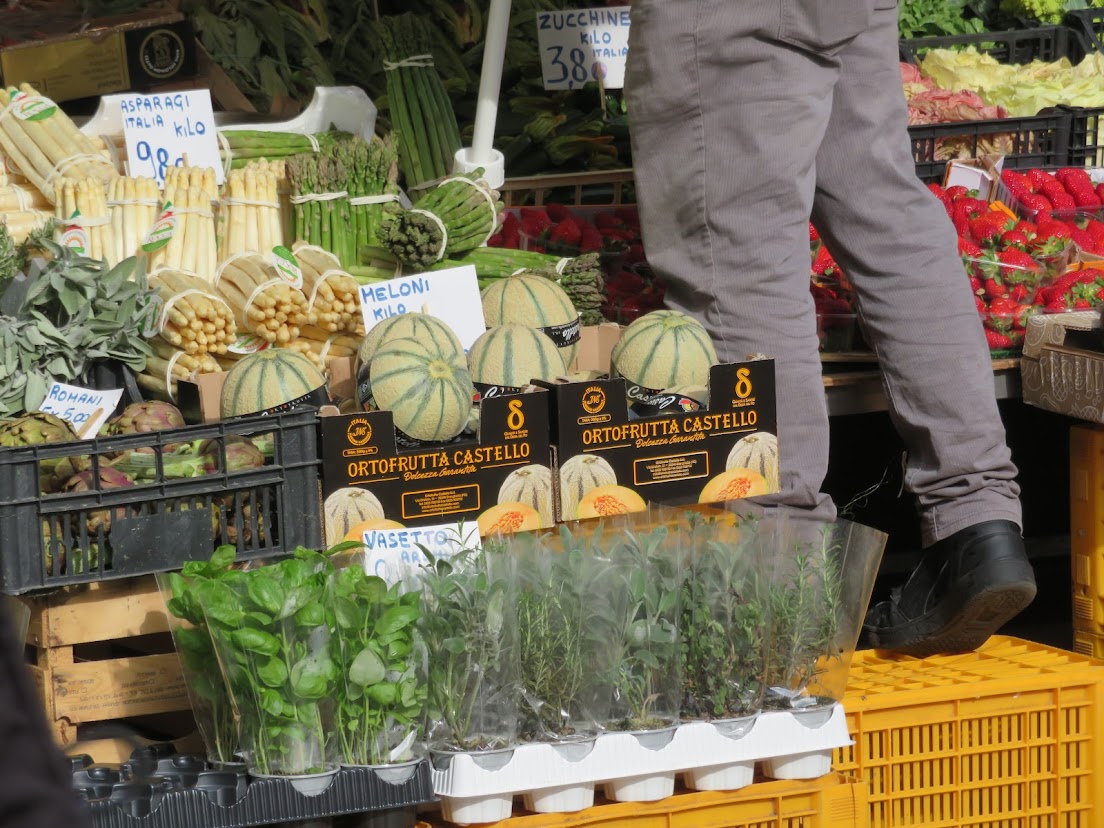
People sometimes ask us where you can eat well and not pay a fortune. To which Lino always replies: “Your house.”
It’s not as much of a pleasantry as it might seem. Unhappily, I am always struck by how routine, predictable, unimaginative, so many of the restaurant offerings are here. Also expensive, especially when you’re looking at the price/value index. Hence Lino’s risposte.
I am sorry that this situation persists, because anyone who has access to a kitchen and the Rialto market can eat like freaking kings. There are so many delectable, unsung, seasonal products on sale that although I realize you do not intend to spend your priceless Venetian vacation toiling in the kitchen, you really ought to be able to try some of these things somehow. And your kitchen seems to be the only option.
Just now is a wonderfully delicate moment in the vegetable realm. We are balanced perfectly between the old winter-long standbys (looking at you, cauliflower), and the glittering spring offerings. This moment of culinary equipoise is even lovelier because, like spring flowers, you know you don’t have much time to enjoy them. I’m forced to say that seasonal food is being elbowed to one side by an ever-increasing number of out-of-season comestibles, which I ignore. Cherries in January? Nope. Melons in March? WHY?
Before we leave winter behind, here are a few delights that are not cauliflower:

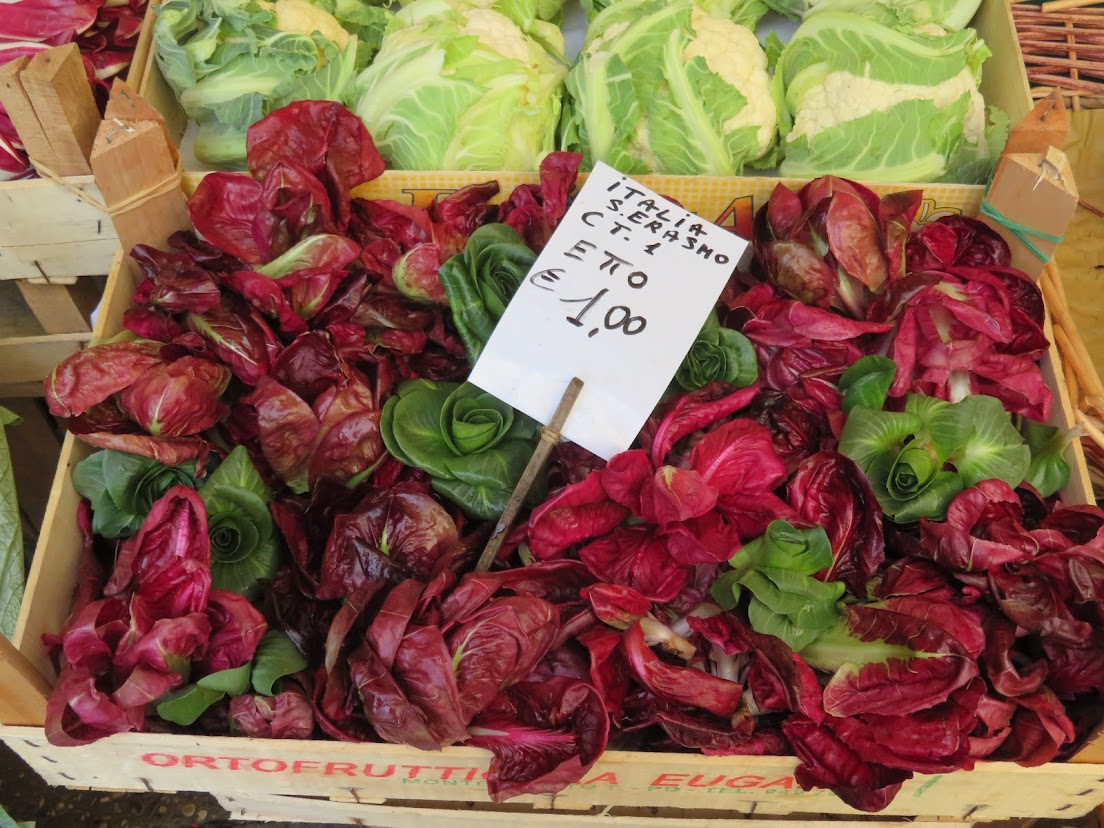
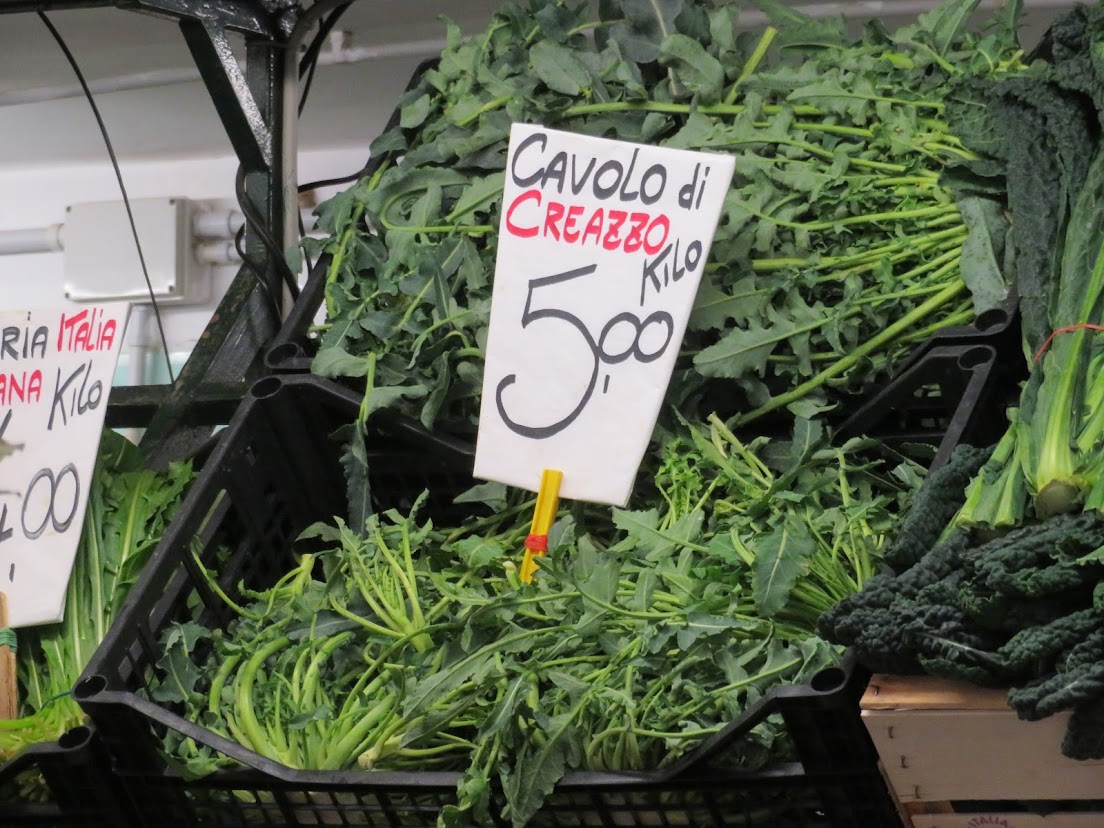
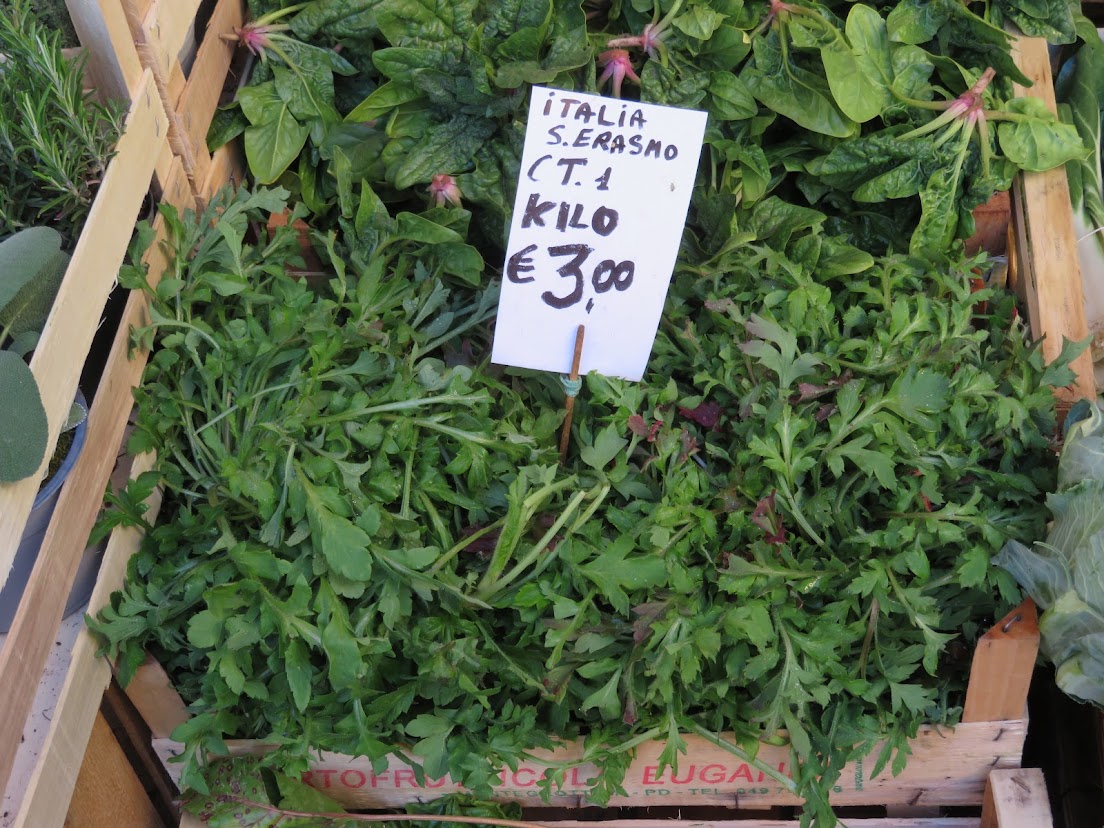
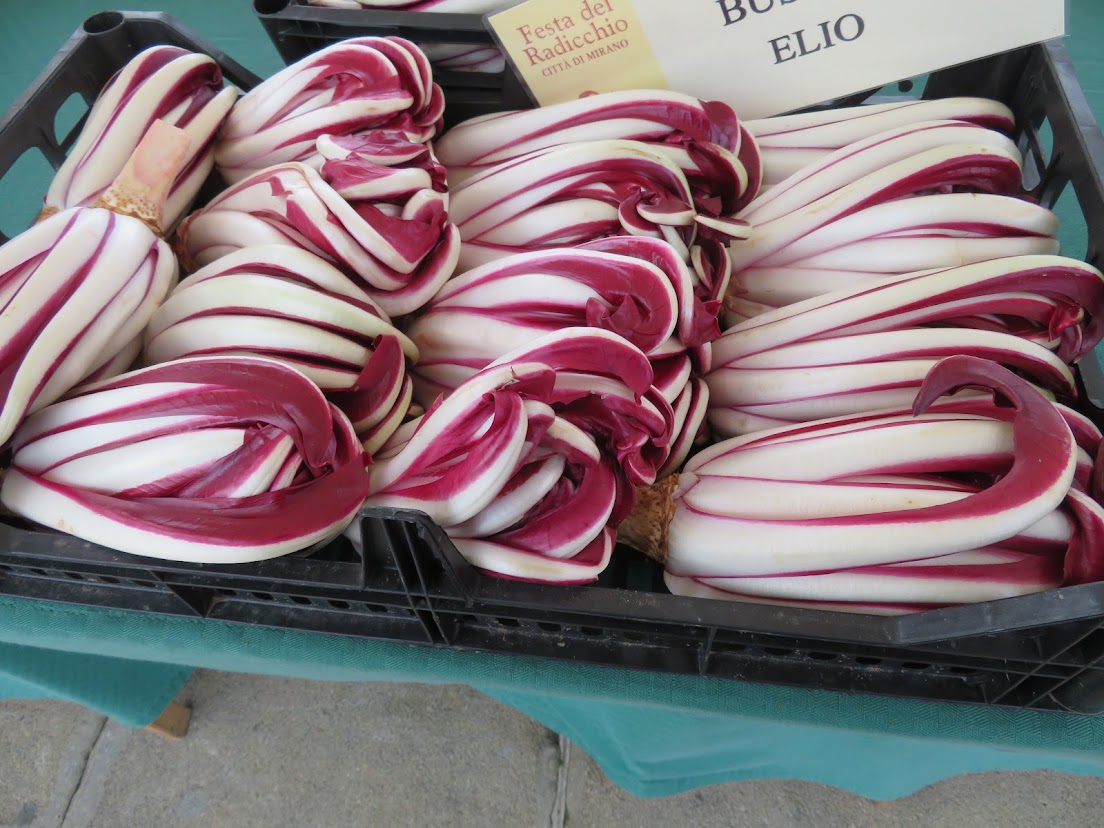
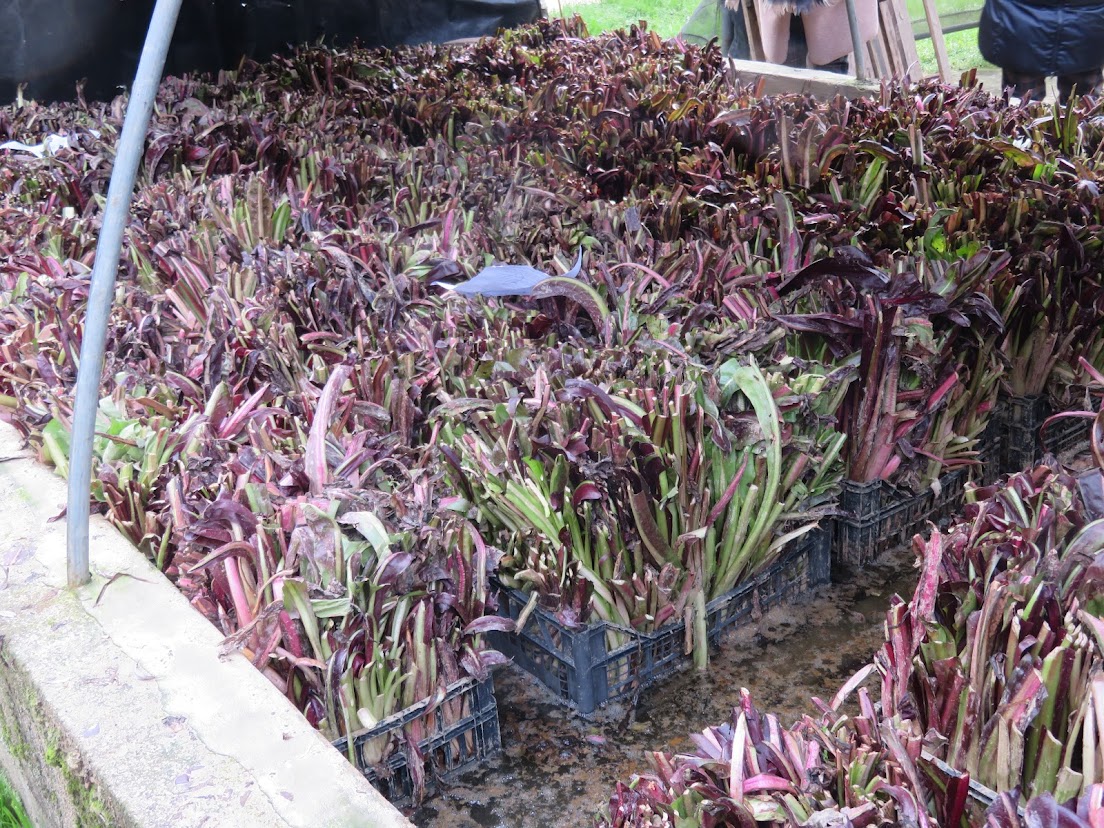
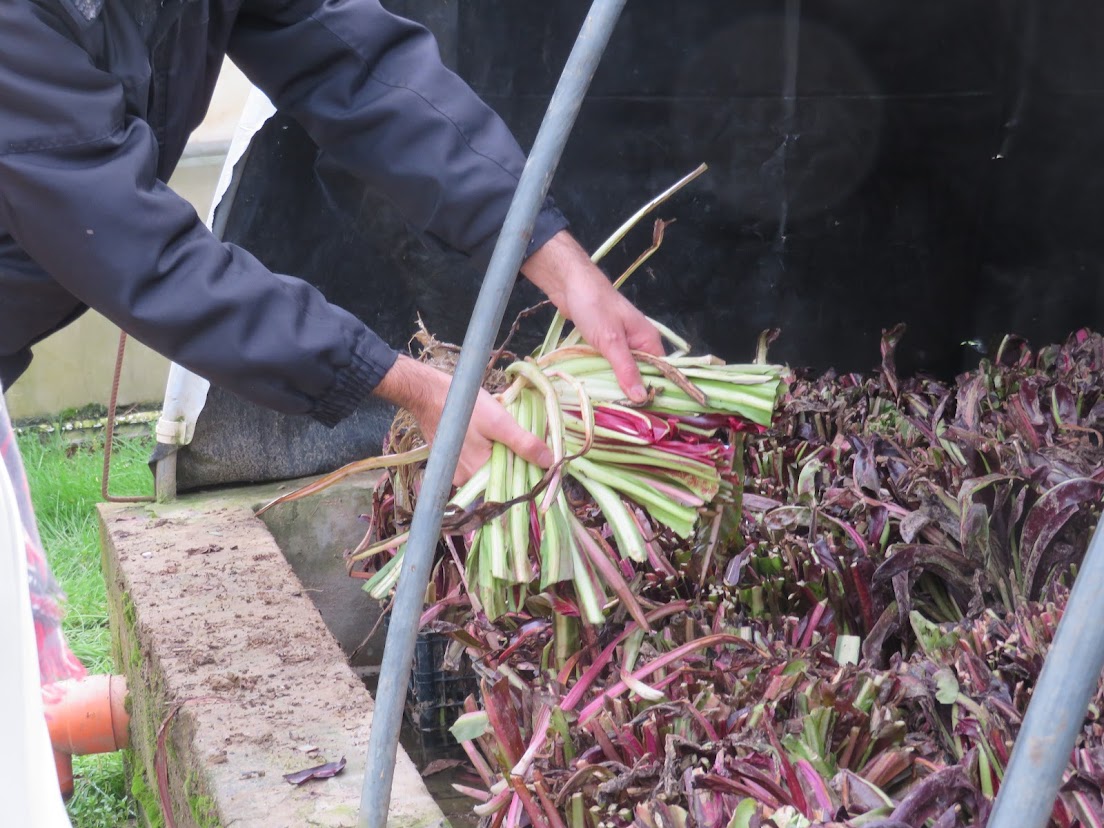

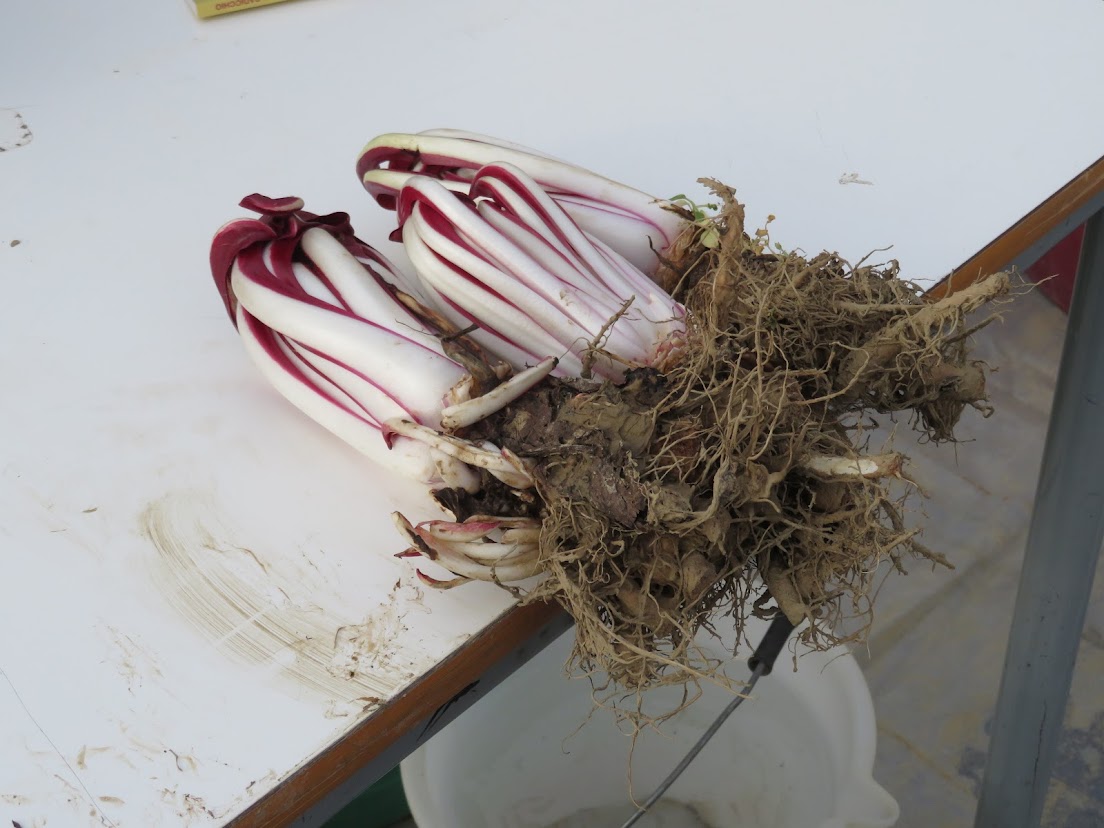
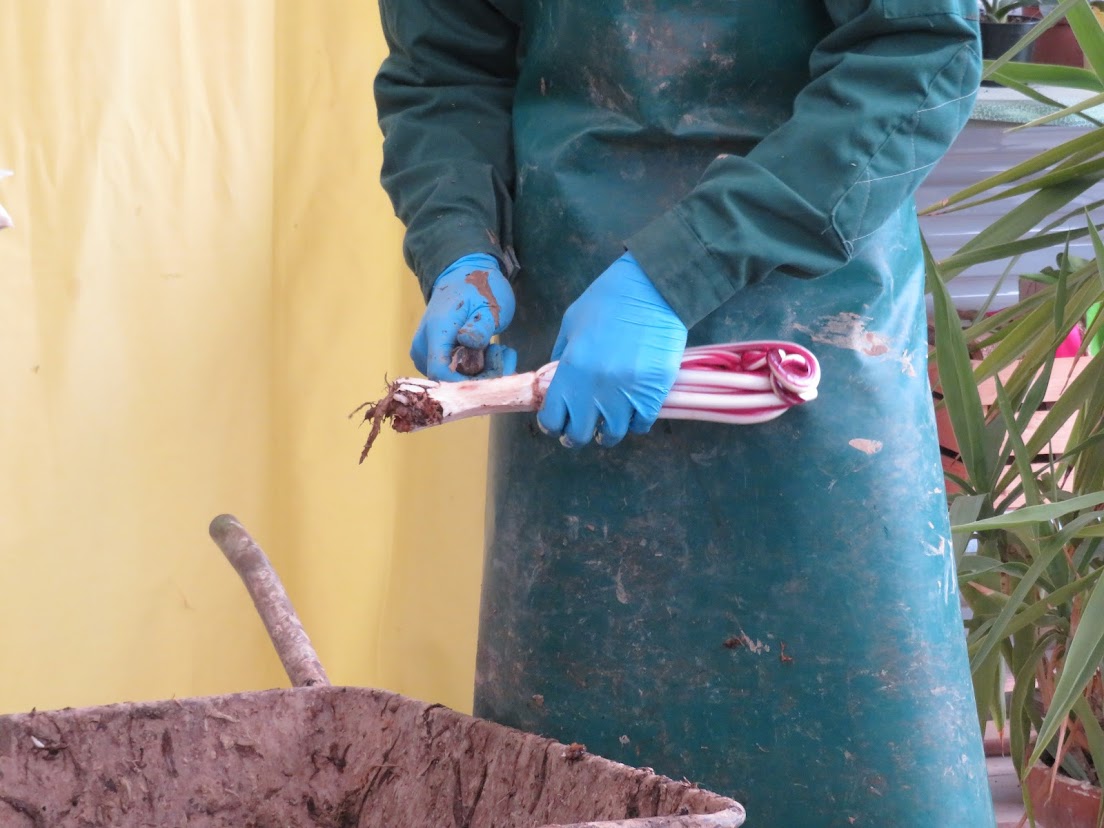

There are always a few pushy items that want to be considered spring treats, but have anticipated their cue by several acts. They aren’t local, obviously.
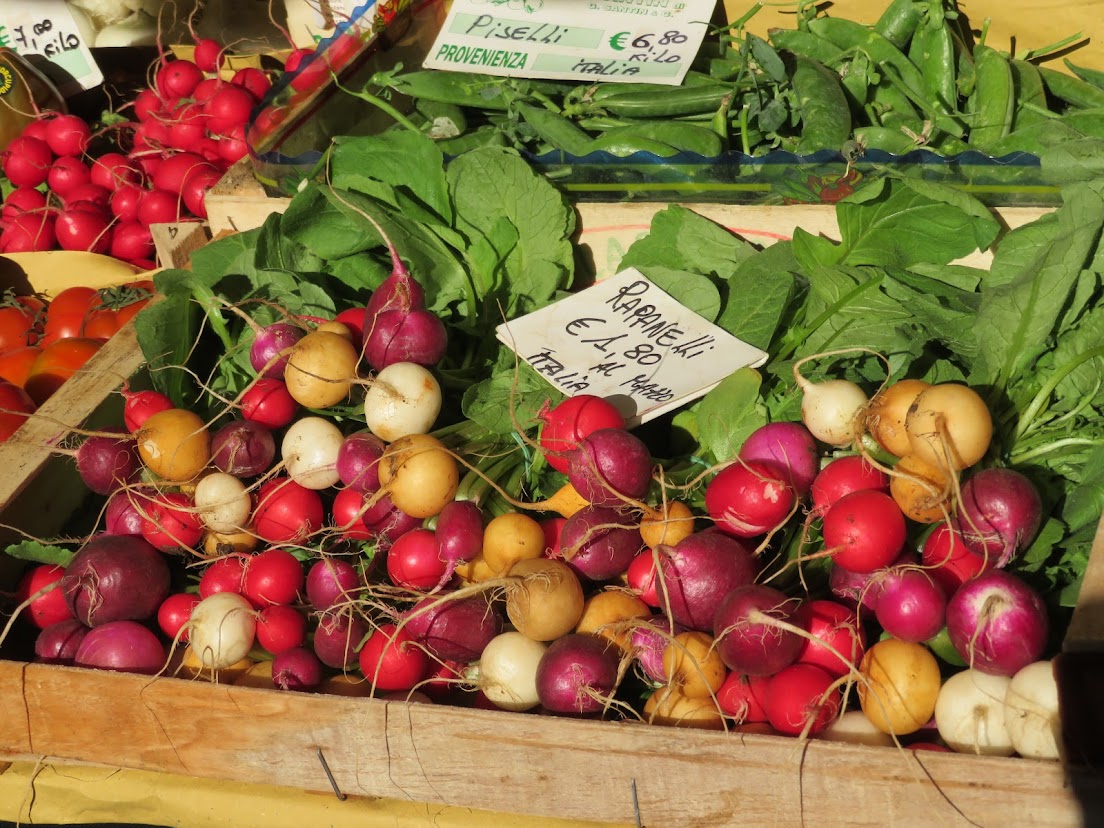
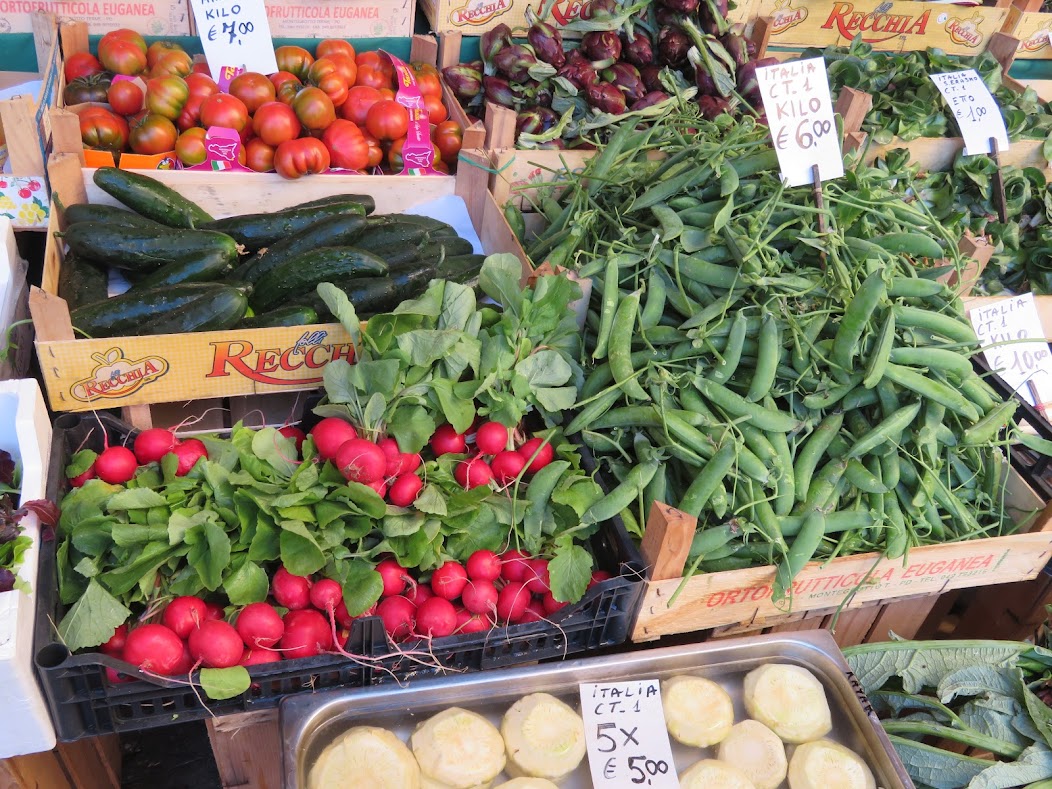

And the dependable heralds of spring:
